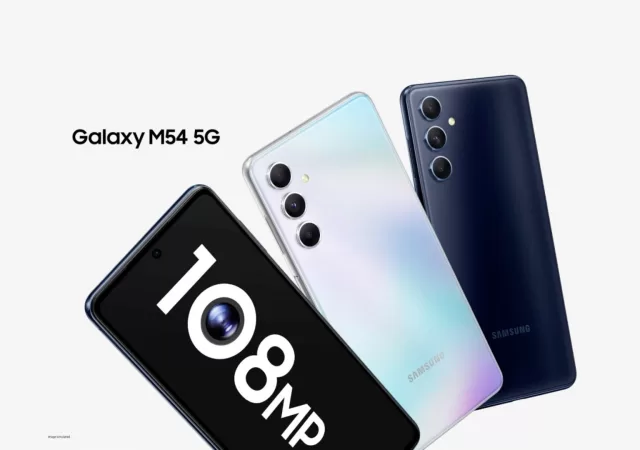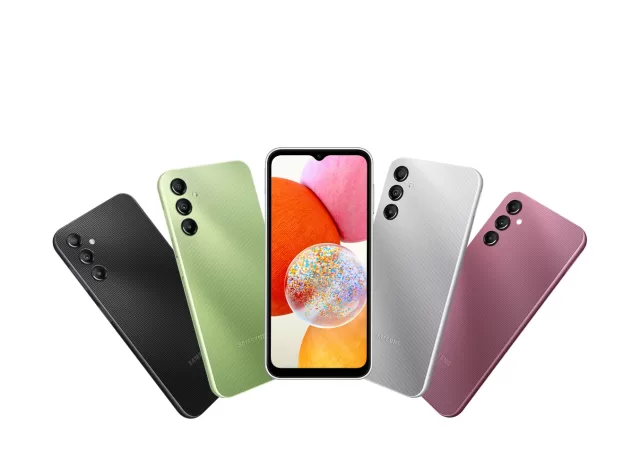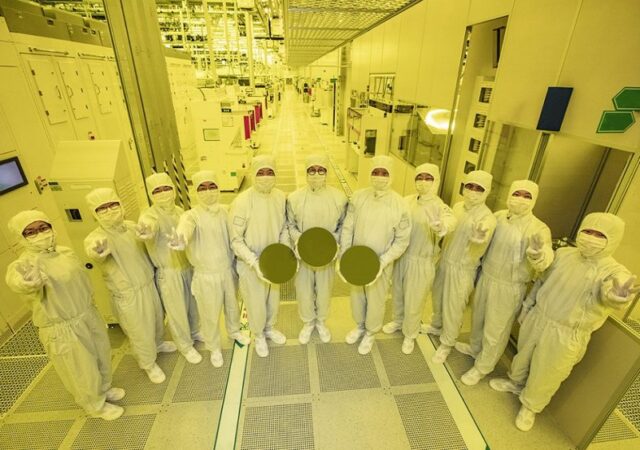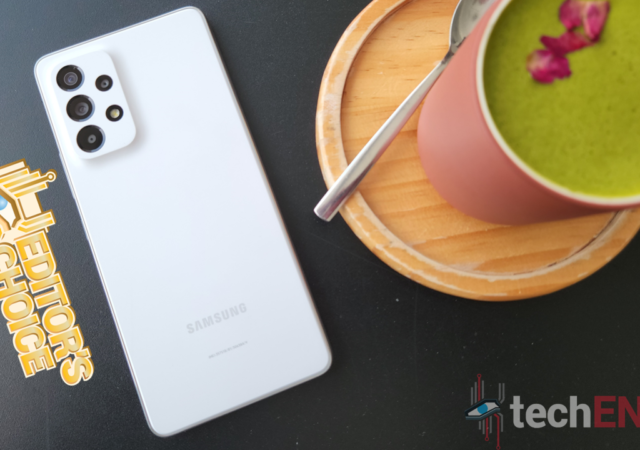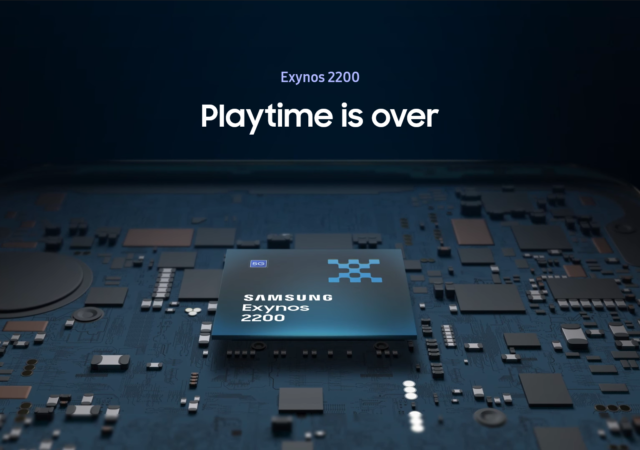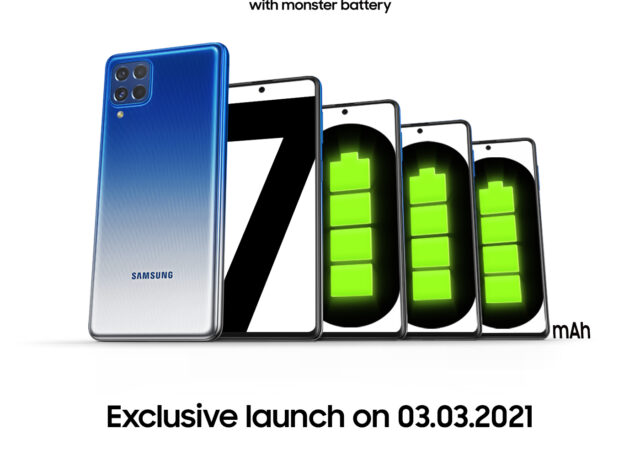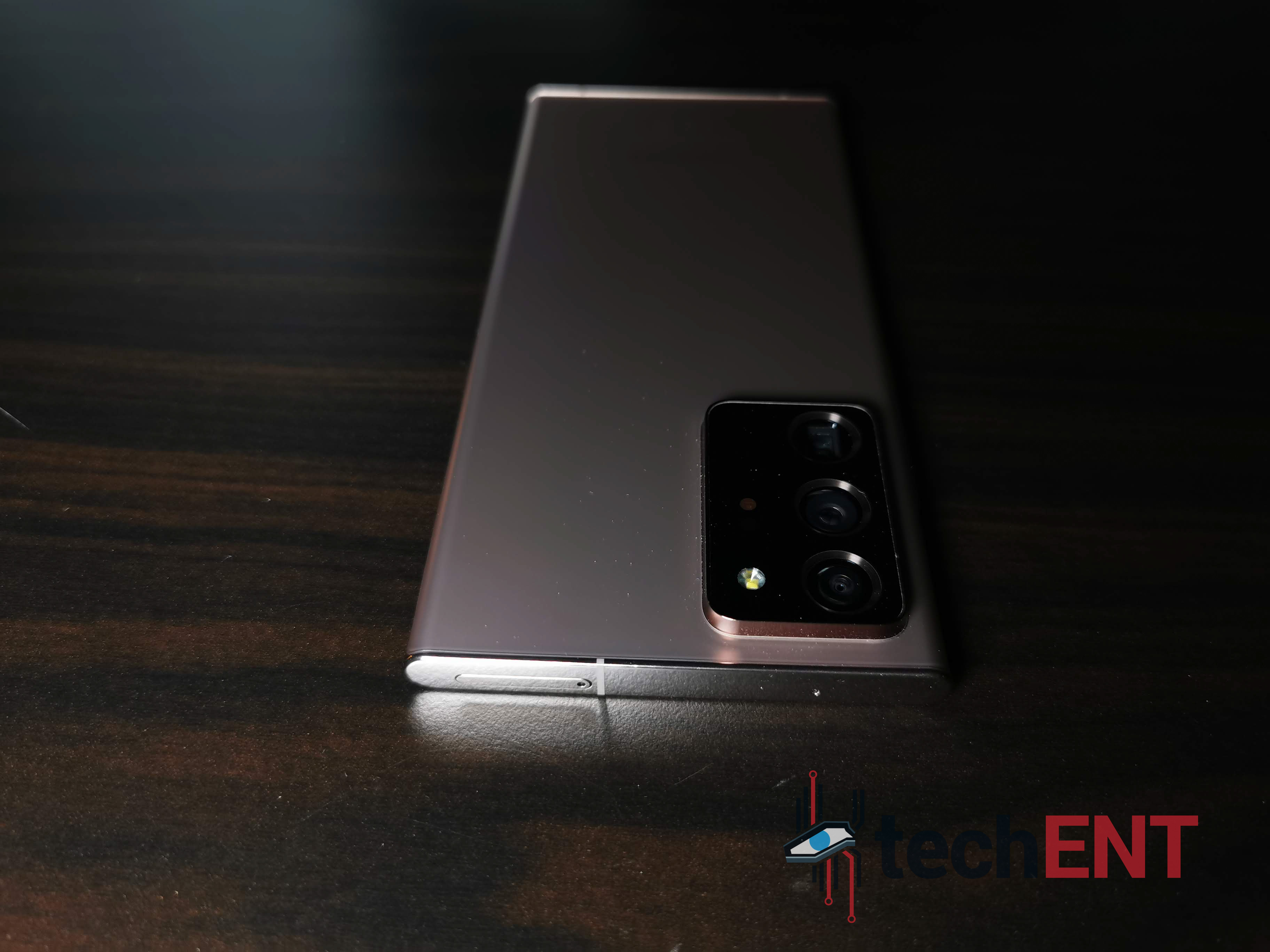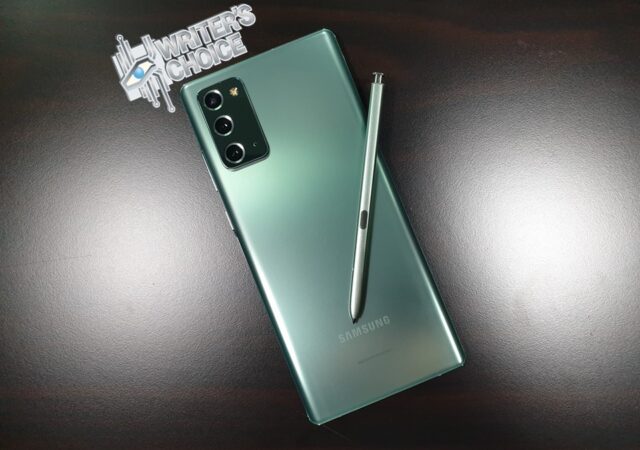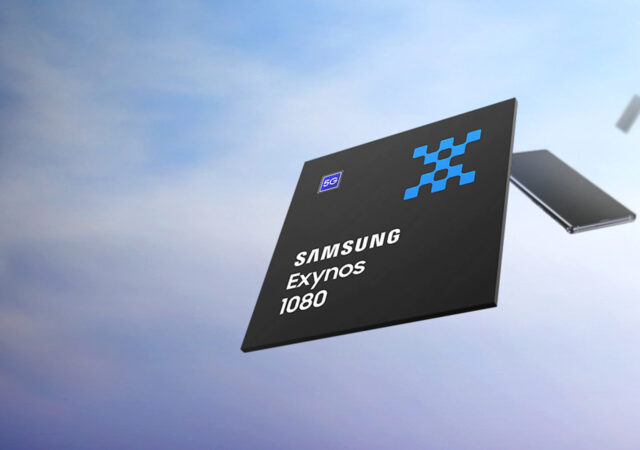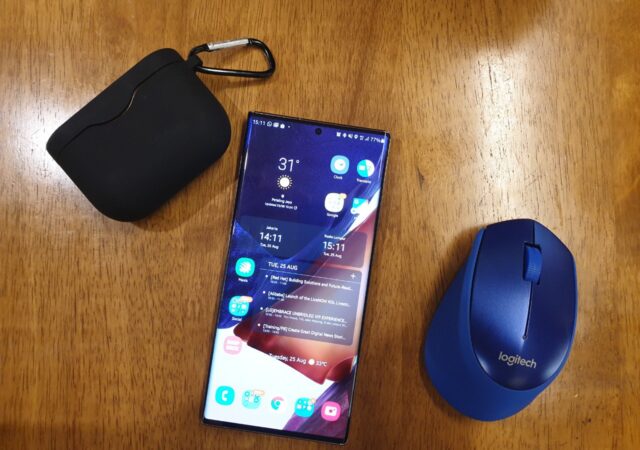Samsung launches a new mid-range smartphone in Middle East similar to the Galaxy A54 5G, the Samsung Galaxy M54 5G with 108-Megapixel camera.
Samsung’s Entry-Level Galaxy A14 is Now Available in Malaysia for Just MYR 799
The Samsung Galaxy A14 is now available in Malaysia for a budget-friendly price of MYR 799 with 50MP camera and OneUI 5.1
3nm is Not the Future – It Is Now with Samsung
Samsung has started their 3nm chip manufacturing ahead of their closest rival TSMC. The chips are significantly more efficient and powerful.
Samsung Galaxy A53 5G In-Depth Review: A Delicate Balancing Act That Pushes the Mid-range Further
Samsung’s Galaxy A53 is the mid-point of its revamped mid-range lineup. How does the true mid-ranger fare? We’re breaking it down.
Samsung’s AMD RDNA 2 Equipped Exynos 2200 is Official
Samsung officially announces its first Exynos SoC capable of Ray Tracing and Variable Rate Shading thanks to AMD’s RDNA2 technology.
Samsung Galaxy M62 Launches in Malaysia with 7,000 mAh Battery – Bigger is Better
Samsung launches the MYR 1,999 Galaxy M62 packing a monstrous 7,000mAh battery exclusively on Lazada on March 3, 2021.
The Samsung Galaxy Note20 Ultra In-Depth Review – The Next Best Thing
The Samsung Galaxy Note20 Ultra is Samsung’s iteration of the ultimate flagship smartphone. Is it worth MYR 5,199 though? We find out.
Samsung Galaxy Note20 5G In-Depth Review – The One You Should Get
We reviewed the Samsung Galaxy Note20 and we liked it. We think this should be the Galaxy Note to buy at MYR 4,299.
Samsung Unleashes New Exynos 1080 SoC
Samsung announces the new Exynos 1080 SoC which it touts to bring flagship experiences to the affordable smartphone segment.
24 Hours with The Samsung Galaxy Note20 Ultra
Samsung launched their Galaxy Note20 Ultra last week and we got our hands on one and this is what we have to report after 24 hours.



